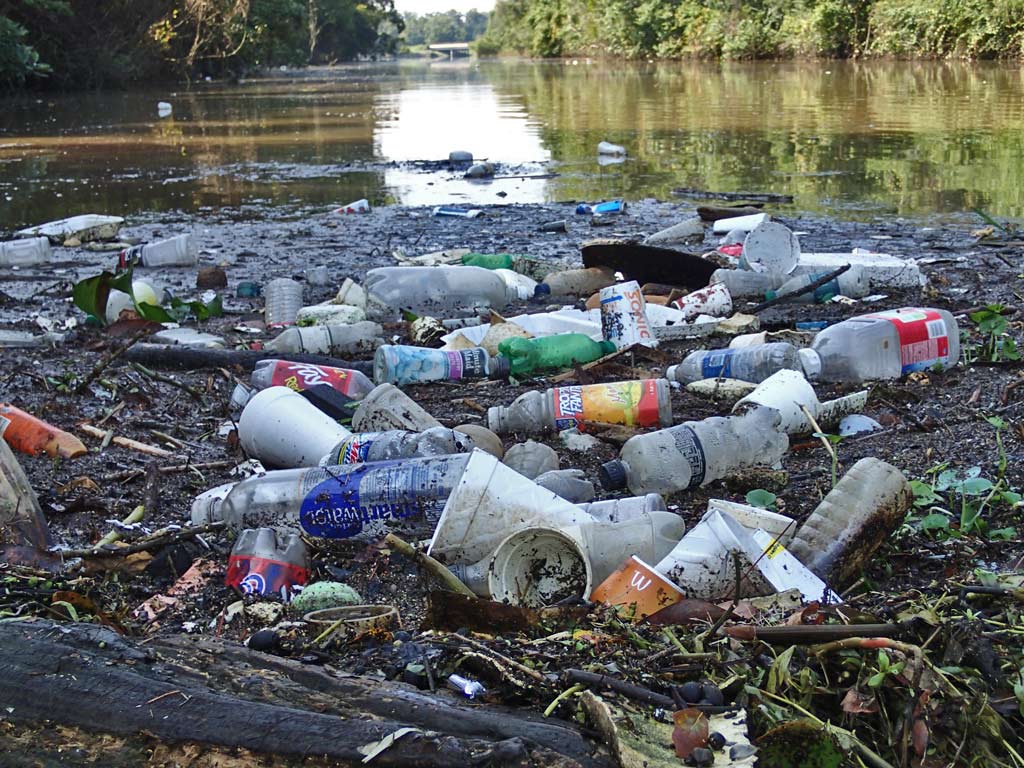By Case O’Dell
For the Opelika
Observer
A roadside or parking lot littered with bags, wrappers, cans, food and other articles of trash is, unfortunately, a routine sight in Opelika.
The effects of throwing out a candy wrapper or drink bottle may seem insignificant, but these individual efforts compounded together can develop into real problems.
Excessive trash is not just unsightly but can also lead to a variety of issues. Litter can negatively impact the quality of our water resources and discuss some other harmful effects it has on a community.
Last week we discussed stormwater and previewed how litter was one of its main pollutants.
Consider every time it rains. Stormwater from impervious surfaces flows across the ground and picks up improperly discarded trash. This litter then makes its way to drains, inlets and other stormwater conveyance structures, often becoming trapped.
This accumulation can lead to decreased functionality of infrastructure that often results in flooded roadways and other dangerous conditions.
These clogged drainage structures need more frequent and extensive repairs and maintenance, a cost to the city and taxpayers.
However, it is important to note that not all trash becomes trapped in stormwater conveyance structures.
A large portion eventually floats through the system to the same destination as all stormwater: local creeks, streams and lakes.
Once litter is deposited here, it has the potential to affect both wildlife and humans in negative ways. Plastic, glass, metal or other rigid materials may become buried in sediment and result in infectious cuts or scrapes if stepped on.
Wildlife may also attempt to ingest articles of litter or become entangled in it, leading to premature death. Other harmful effects of litter include increased fire risk where buildup is significant and unpleasant or toxic fumes or conditions where chemically harmful litter has accumulated.
Additionally, litter can negatively affect a community’s economy. Areas of commerce may see a decrease in spending where excess trash has steered customers away.
Neighborhoods characterized by litter may also indicate a lack of clean living, a deterrent for potential buyers.
Prospective industries and businesses may also pass on developing in certain areas where trash or garbage is routinely noted.
Thus, litter and its negative effects extend to many aspects of everyday life wherever you live, but doing your part to prevent litter and minimizing its impacts is relatively simple and safe.
One of the easiest measures is ensuring that all materials are properly disposed of. Trash should always be bagged and then placed in an appropriate container for weekly pickup. Recycling of materials, especially those that contain toxic or other harmful chemicals, can help preserve our city’s water resources. Opelika has implemented several recycling centers throughout the city that can be utilized.
Lastly, just getting out and removing litter is a good practice. You can reach out to local government or Keep Opelika Beautiful to find out more about recycling and volunteer opportunities.
Do your part to combat litter and ensure garbage ends up where it should and not in our waters.

